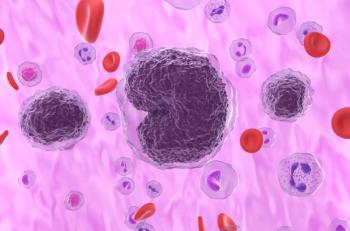
Orphan Drugs Are Driving Skyrocketing Drug Costs, AHIP Finds
As orphan drugs account for an increasing share of drugs approved, they are driving up the cost of drug launches and drug prices. In a new paper, America's Health Insurance Plans analyzes these rising costs and the use of orphan drugs and asserts that policy makers need to revisit the Orphan Drug Act.
The price of
The
“Most efforts to contain skyrocketing drug costs focus on price increases for drugs already on the market,” according to the paper. “The laws are triggered only when a price significantly increases beyond the current price. What has received less attention is the fact that drugs are increasingly launched at higher prices.”
In addition, orphan drugs are making up more of the drug approvals each year. In 1998, orphan drugs were only 10% of new approvals, but that increased 4-fold to 44% in 2017. While the share of specialty drug approvals has stayed mostly steady over the last 20 years, the share of traditional drug approvals has declined from 65% in 1998 to 20% in 2017.
The fact that orphan drugs are accounting for a larger portion of drug approvals, while traditional drugs account for a smaller portion, accounts for some of the increase in the average annual drug costs, AHIP noted in the paper.
Further exacerbating the cost issue is the fact that orphan drugs, which are supposed to target rare diseases, are sometimes used to treat more common diseases. AHIP pointed to the examples of
While the pharmaceutical industry points to small patient populations with rare conditions to justify high prices on orphan drugs, AHIP has
AHIP concluded the paper noting that since the target patient population for orphan drugs may not be as small as portrayed, these drugs do not have as limited of an impact on overall healthcare costs as some might think.
“Every patient deserves to get the medications they need at a cost they can afford, but drug makers are gaming well-intentioned legislation to generate outsized profits from drugs intended to treat a small population of patients with rare diseases,” Matt Eyles, president and chief executive officer of AHIP,
Newsletter
Stay ahead of policy, cost, and value—subscribe to AJMC for expert insights at the intersection of clinical care and health economics.













































